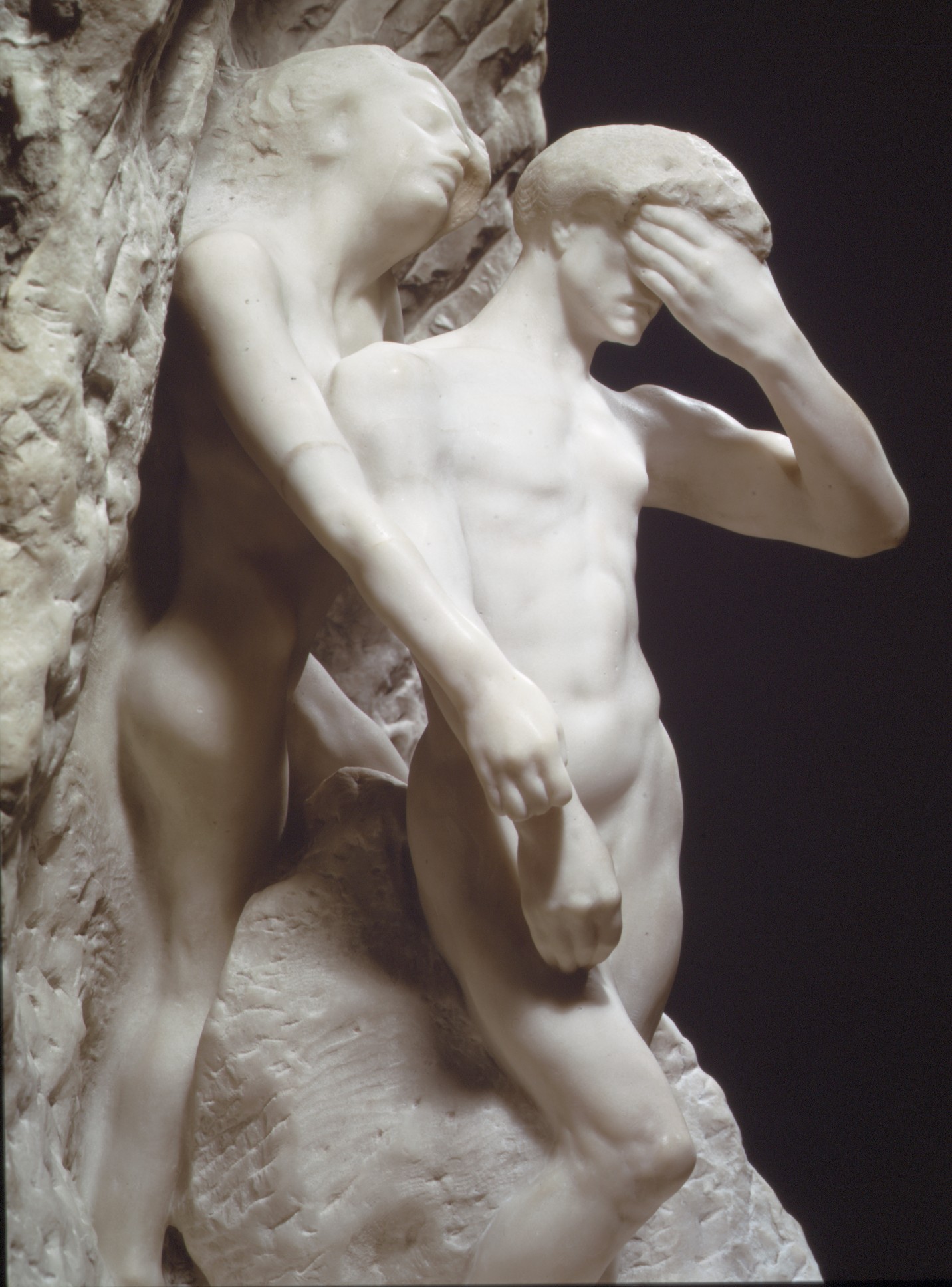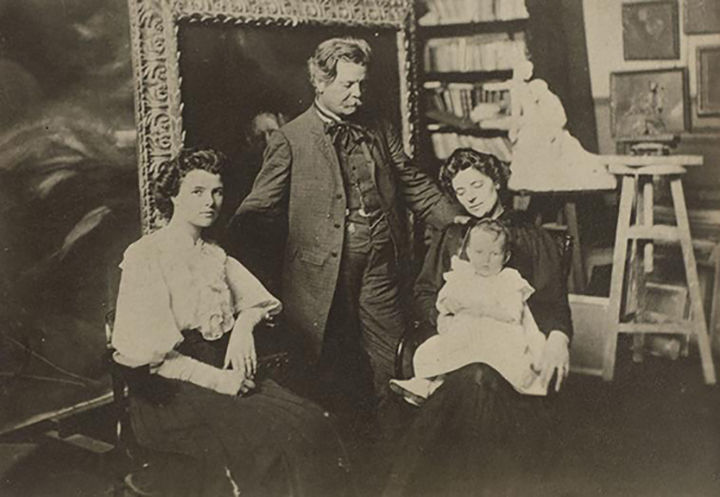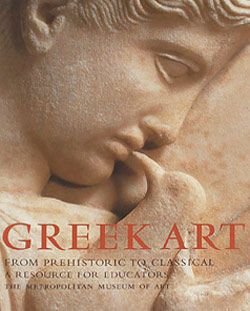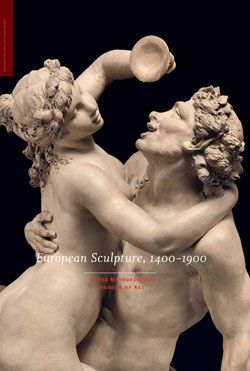Orpheus and Eurydice
Auguste Rodin French
Rodin's calculated use of non finito carving lends gravitas to a key moment in a tale from Ovid's Metamorphoses. When the nymph Eurydice dies, her husband, the poet and lyre player Orpheus, descends to Hades to retrieve her. Orpheus convinces Pluto to allow Eurydice to follow him back to earth, provided that he not look at her until they reach the upper world. At the last moment, however, he looks back, and she vanishes forever into the underworld, here represented by the rough-hewn block of marble. Eurydice's undefined hair remains at one with the block, in contrast to Orpheus's fully modeled body, heightening the sense of risk in this moment of transformation.
#2192. Orpheus and Eurydice
Due to rights restrictions, this image cannot be enlarged, viewed at full screen, or downloaded.
This artwork is meant to be viewed from right to left. Scroll left to view more.












